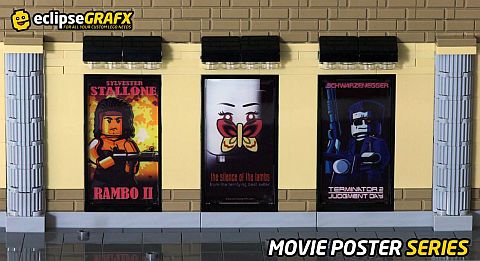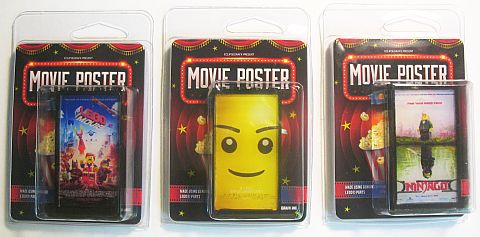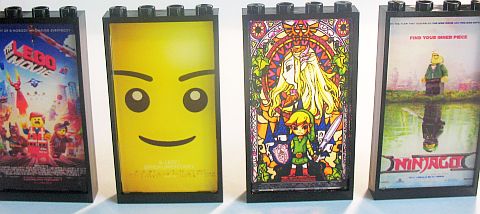LEGO is doing some pretty major summer clearance right now at the Online LEGO Shop, including some very nice medium to large sets that are getting retired. Below I will highlight some of the most noteworthy ones, and you can check out the rest at the Sales & Deals section of the Online LEGO Shop. Please note that once stock is out on retiring soon sets, LEGO won’t be making any more, so make sure you don’t miss out. 🙂

➡ #76052 LEGO BATMAN CLASSIC TV SERIES – BATCAVE: Based on the classic 1960s TV show, this set features a Bat Lab with Batcomputer, the Batmobile, the Batcopter, the Batcycle, and a section of Wayne Manor with Bruce Wayne’s study. The study includes the iconic Batphone, and a false bookcase that slides open to reveal the secret entrance to the Batcave with spiraling poles and a climbing wall. Lots of play-features here, and the set also includes 9 minifigures: Batman, Robin, Bruce Wayne, Dick Grayson, Alfred Pennyworth, The Joker, Catwoman, The Riddler and The Penguin. This set is marked as retiring soon. 2,526 pieces. Regular rice: $269.99 – Sale price: $215.99 – BUY HERE
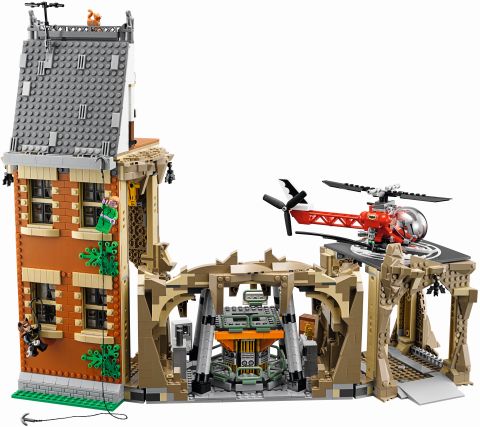
➡ #60098 LEGO CITY HEAVY-HAUL TRAIN: This set includes everything you need for a motorized LEGO train system; a heavy-haul train with 8-channel, 7-speed infrared remote control, hopper wagon, 2 flatbed wagons, helicopter, backhoe and a crane, plus 16 curved tracks, 12 straight tracks, and five minifigures. LEGO trains with a full package of LEGO Power Functions elements and the tracks are rare, and are always a great value, especially when they occasionally go on sale. Please note that this set is also marked as retiring soon. Regular Price: $199.99 – Sale price: $159.99 – BUY HERE
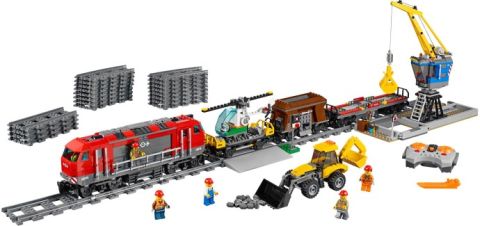
➡ #60097 LEGO CITY SQUARE: This is another great LEGO City set that features some very useful modules to jumpstart a LEGO City collection, or expand a current LEGO City layout. Included are a tram, a red car, a yellow car, a black car, a flatbed truck, a LEGO delivery truck, a helicopter, a car dealership, a LEGO store, a tram stop a coffee shop. Plus you also get 14 minifigures with assorted accessories: tram driver, helicopter pilot, coffee shop saleswoman, pizza deliveryman, car saleswoman, mechanic, tow truck driver, hotdog salesman, LEGO sales person, LEGO delivery driver, a girl and a boy, and 2 LEGO store statues. One of the best LEGO City sets of recent time that is getting retired. 1,683 pieces. Regular price: $189.99 – Sale Price: $151.99 – BUY HERE
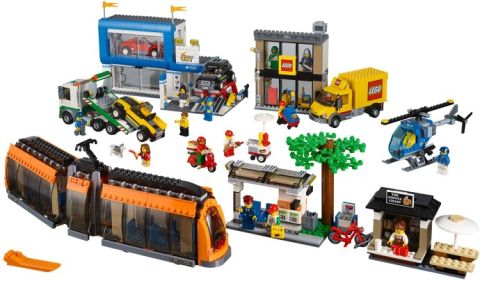
➡ LEGO CITY VOLCANO SETS ON SALE: The LEGO City Volcano Exploration line is getting retired in favor of the recently released LEGO City Jungle Exploration theme, so most of the remaining LEGO City Volcano sets are now on sale. There are some really nice sets in the collection, like the #60125 LEGO City Volcano Heavy-Lift Helicopter, the #60124 LEGO City Volcano Exploration Base, the #60123 LEGO City Volcano Supply Helicopter, and the #60121 LEGO City Volcano Exploration Truck. You can find them under the LEGO City section, or just go to the Sales & Deals section of the Online LEGO Shop.
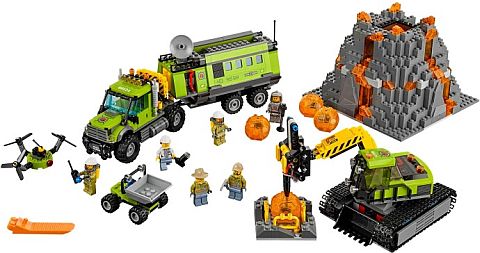
➡ LEGO NEXO KNIGHTS SETS ON SALE: Many of the LEGO Nexo Knight sets are on sale as well, including larger ones like the #70352 LEGO Nexo Knights Jestro’s Headquarters, and the #70322 LEGO Nexo Knights Axl’s Tower Carrier, and smaller sets like all the LEGO Nexo Knights Battle Suits. These sets are exceptionally good for interesting parts and minifigures. You can find them under the LEGO Nexo Knights section, or just go to the Sales & Deals section of the Online LEGO Shop.
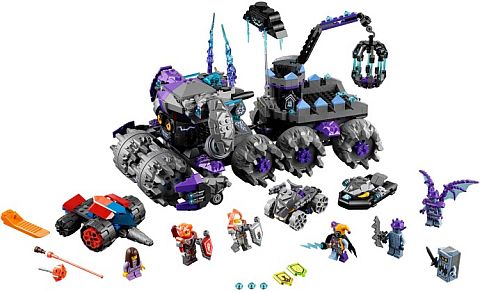
➡ LEGO NINJAGO SETS ON SALE: Getting ready for The LEGO Ninjago Movie sets means clearing out some of the old stock related to the TV show. You can find some really great sets on sale like the #70595 LEGO Ninjago Ultra Stealth Raider, the #70605 LEGO Ninjago Misfortune’s Keep, the #70604 LEGO Ninjago Tiger Widow Island, the #70603 LEGO Ninjago Raid Zeppelin and more. You can find them under the LEGO Ninjago section or under Sales and Deals at the Online LEGO Shop.
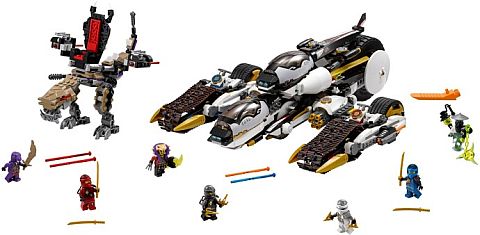
➡ LEGO MINECRAFT SETS ON SALE: LEGO Minecraft sets are not just great for Minecraft fans, but they are also excellent parts-packs for basic LEGO bricks in earthy colors, especially when they are on sale. Some of the current sets on sale that are marked as retiring soon include the #21127 LEGO Minecraft The Fortress (the only set with a Minecraft horse!), the #21122 LEGO Minecraft The Nether Fortress, the #21124 LEGO Minecraft The End Portal, the #21121 LEGO Minecraft The Desert Outpost, and the #21126 LEGO Minecraft The Wither. You can find them under the LEGO Minecraft section or under Sales and Deals at the Online LEGO Shop.
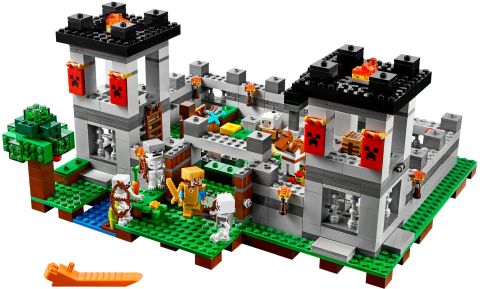
➡ LEGO ANGRY BIRDS SETS ON SALE: The entire LEGO Angry Birds line is on sale. While Angry Birds may not be everyone’s cup of tea, there are some interesting pieces in these sets you might like, so it’s worth checking them out just for the parts. You can find them under the LEGO Angry Birds section or under Sales and Deals at the Online LEGO Shop.
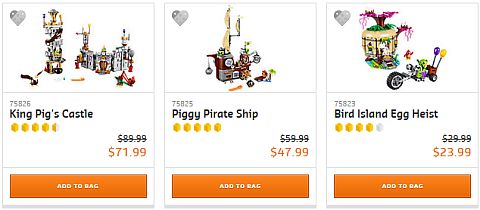
➡ LEGO DC SUPER HERO GIRLS SETS ON SALE: Four of the LEGO Super Hero Girls sets are retiring soon and are on sale; the #41232 LEGO Super Hero Girls Super Hero High School, the #41231 LEGO Super Hero Girls Harley Quinn to the Rescue, the #41230 LEGO Super Hero Girls Batgirl Batjet Chase, and the #41233 LEGO Super Hero Girls Lashina Tank. You can find them under the LEGO DC Super Hero Girls section or under Sales and Deals at the Online LEGO Shop.
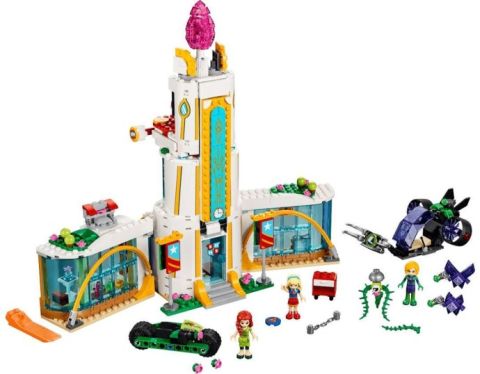
➡ LEGO ELVES SETS ON SALE: The mysterious and enchanted #41180 LEGO Elves Ragana’s Magic Shadow Castle is on sale, and also the #41175 LEGO Elves Fire Dragon’s Lava Cave with a very pretty dragon. You can find them under the LEGO Elves section or under Sales and Deals at the Online LEGO Shop.
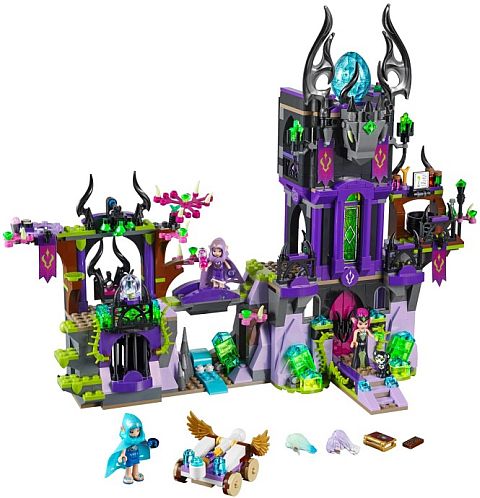
➡ LEGO FRIENDS SETS ON SALE: A number of LEGO Friends sets are also retiring soon and are on sale, including the large #41134 LEGO Friends Heartlake Performance School (with a school bus!), the #41132 LEGO Friends Heartlake Party Shop, and a few small but sweet sets, like the #41305 LEGO Friends Emma’s Photo Studio. You can find them under the LEGO Friends section or under Sales and Deals at the Online LEGO Shop.
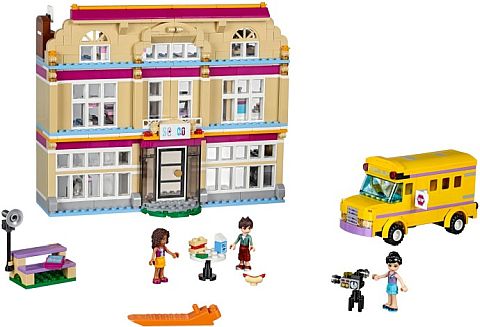
➡ LEGO JUNIORS SETS ON SALE: LEGO Juniors is also having a major clearance with nine sets on sale. These are smaller sets in the $10-$25 range, but they are full of interesting parts, colors, minifigs and printed parts. You can find them under the LEGO Juniors section or under Sales and Deals at the Online LEGO Shop.

As you can see, there are lots of sets on sale right now to clear out older stock. What do you think? Are you finding some interesting sets on sale that you would like to build? Or are you mostly looking at sets for interesting parts? What are you planning to get? Feel free to share and discuss in the comment section below! 😉

And you might also like to check out the following related posts:
- Review LEGO City Jungle, Coast Guard & More!
- LEGO Creator 2017 Summer Sets Review
- LEGO Friends Catamaran, Hospital & More!
- The LEGO Batman Movie Summer Sets Review
- LEGO Spider-Man: Homecoming Sets Review
- LEGO Star Wars 2017 Summer Sets Review
- LEGO Speed Champions McLaren S720 Review
- LEGO Minecraft Mountain Cave Available!
- LEGO Star Wars UCS Snowspeeder Review
- LEGO POTC Silent Mary Available Now!
- LEGO Creator Assembly Square Review




